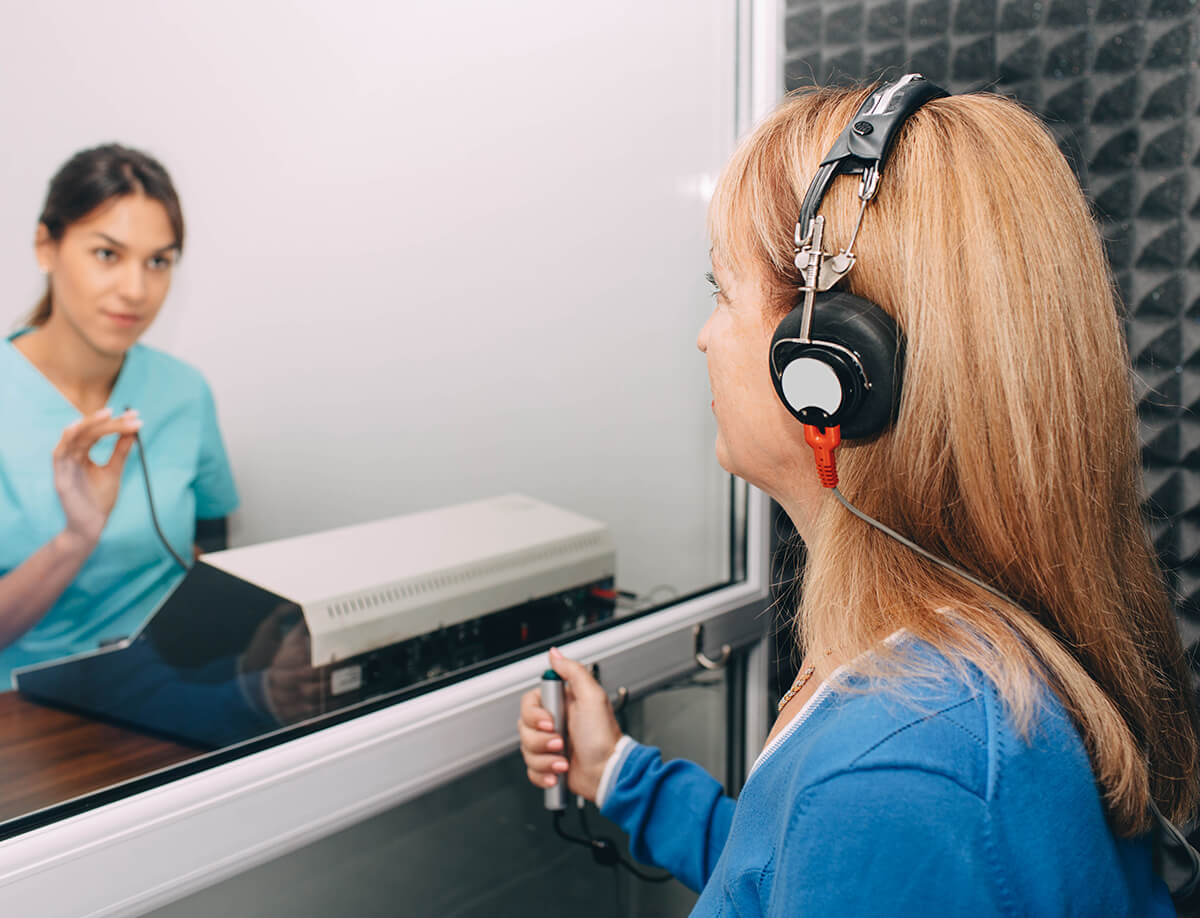Hearing Loss
You may be surprised to learn that hearing loss is one of the most common health conditions that people live with today. Over 48 million people, or 1 in 6, have some degree of impaired hearing. Experts suggest that hearing loss will continue to impact more and more people over time. The World Health Organization estimates that over 1 billion people globally (ages 12-35) are at high risk of developing noise-induced hearing loss. Understanding how widespread hearing loss is and knowing the signs to look for can help you identify symptoms and intervene early which can significantly support your hearing health trajectory.

What causes hearing loss?
Several factors can cause hearing loss. A few of the most common causes include the following:
Other factors that can contribute to hearing loss include inner ear disorders, autoimmune conditions, chronic ear infections, and certain medications.
What are the early signs of hearing loss?
Hearing loss usually happens gradually so people may not notice symptoms for quite some time. This often contributes to a delay in treatment which can worsen the hearing loss. It takes an average of 7 years for people to address symptoms. Recognizing early signs can help you identify changes to your hearing health and realize the importance of early intervention. Common signs include:
- Having difficulty following conversations, especially in environments that are noisier (parties, restaurants, and other social settings for example).
- Sound and speech are muffled or distorted.
- Finding yourself asking others to repeat themselves, speak louder, or slower.
- Lip reading to help identify words.
- Needing to increase the volume on the TV or other devices like your phone.
- Frequently missing words or parts of a conversation, difficulty keeping up with what is being said.
- Feeling drained after conversations and social interactions.
- Leaning in or cupping your hand to try and hear more clearly.
These symptoms can heighten over time, moving from mild to more profound. This highlights the importance of addressing symptoms as early as possible which can preserve the hearing capacity that you do have.

How is hearing loss diagnosed and treated?
The first step taken to diagnose hearing loss is comprehensive assessments. Hearing tests measure one’s hearing abilities in both ears. Several tests are used to evaluate hearing health, one of the most common being the pure tone audiometry test. This involves wearing headphones while sounds are played at various frequencies. You will be asked to indicate what you can hear by raising your hand or pressing a button. Results are captured in real-time and show the softest sound you can hear.
Once your hearing needs are identified, our experts can recommend treatment options that will effectively meet your specific hearing needs. Hearing aids are the most common treatment for hearing loss. These electronic devices are equipped with innovative and complex technology that absorbs and processes sound. This provides the auditory system with significant support, alleviating symptoms and maximizing the wearer’s hearing capacity. Treating hearing loss offers major life-changing benefits that transform health and wellness.
